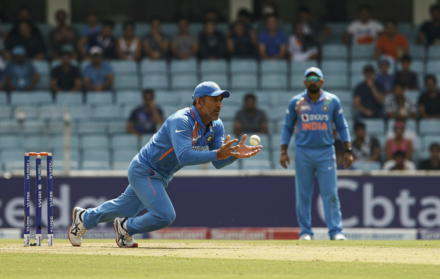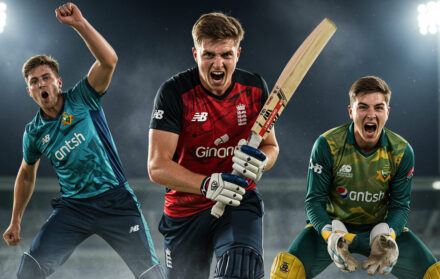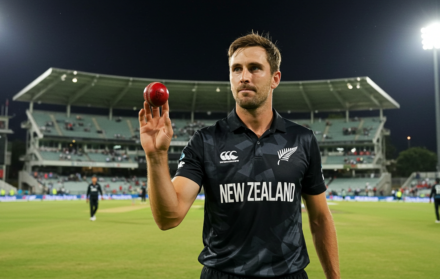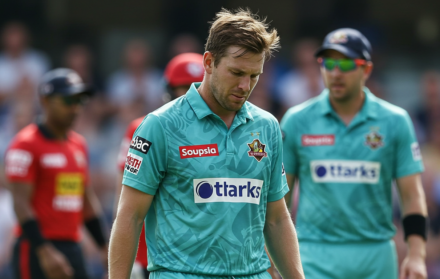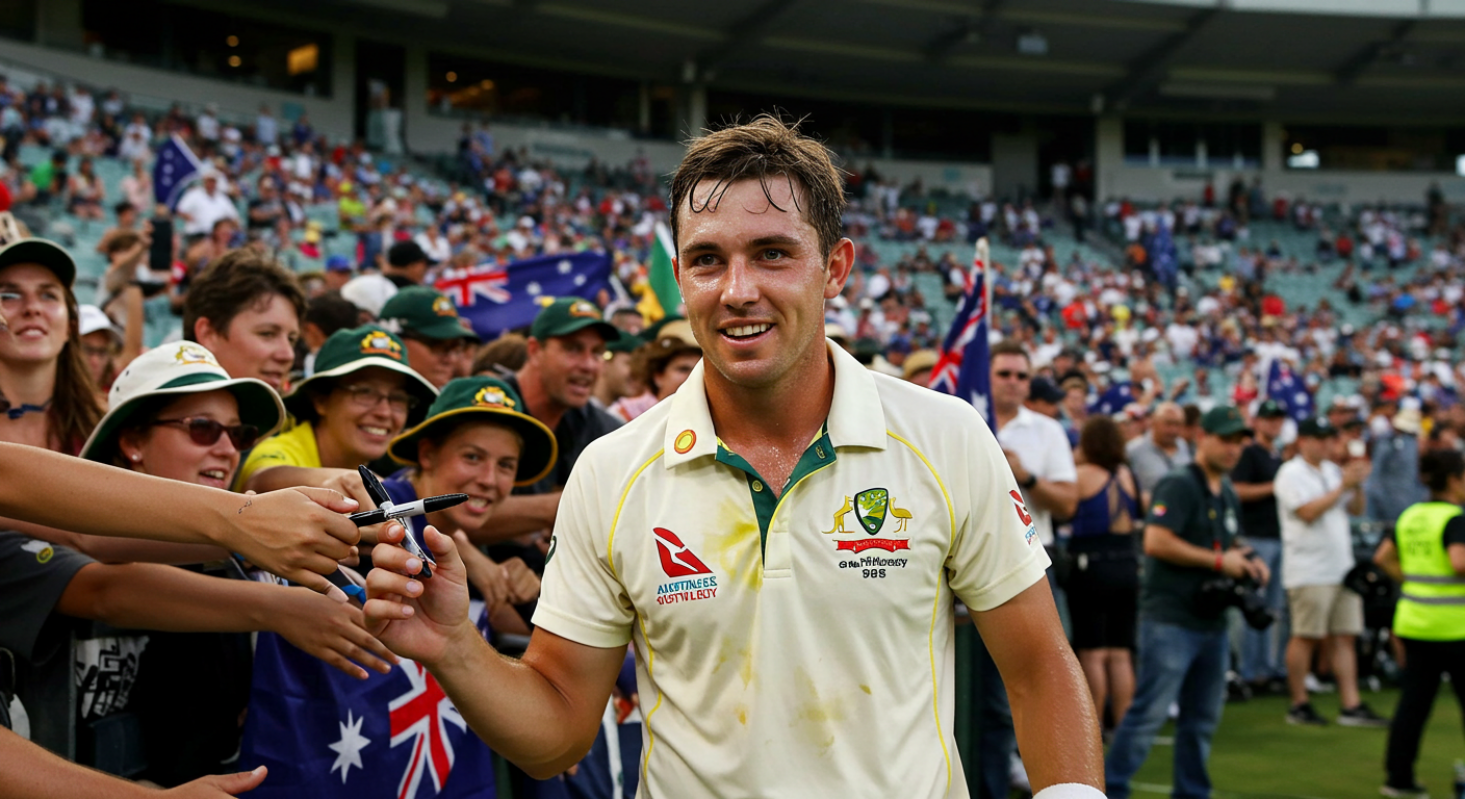
Most Centuries in ODI History: Who Tops the List in 2025?
The ODI century is a defining measure of greatness. It’s not just about runs—it’s about stamina, timing, and temperament. To score one hundred in a match is notable. To score dozens across a career places a batter among the very best to have ever played the game. As of 2025, the top end of the ODI centuries leaderboard reads like a roll call of legends, each with a different style, role, and era behind their numbers.
In the past, Sachin Tendulkar’s 49 ODI centuries were considered insurmountable. For nearly two decades, it stood as one of the game’s greatest individual milestones. But with relentless consistency and an insatiable hunger for runs, Virat Kohli has now eclipsed that total, standing tall as the new king of the format with 51 centuries and counting.
This list isn’t just about numbers. It’s about influence, dominance, and the ability to deliver repeatedly on the biggest stages. From elegant stroke-makers to power-hitters, and from 90s trailblazers to modern-day maestros, each name here has changed how ODIs are played—and watched.
As of 2025, here are the players with the most centuries in ODI history, a testament to their consistency, brilliance, and lasting legacy in the one-day format.
1. Virat Kohli (India) – 51 Centuries
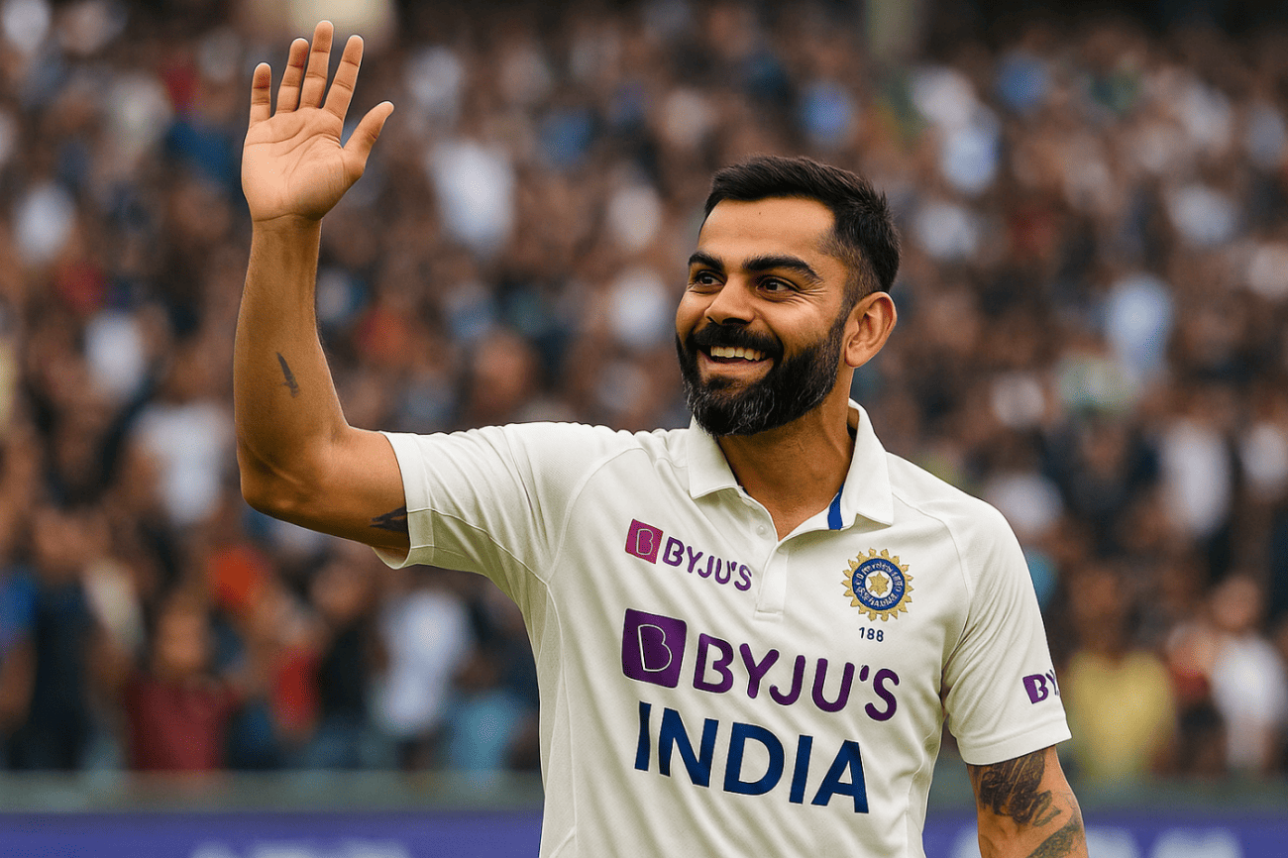
At the top of the ODI centuries chart in 2025 sits Virat Kohli, the modern master of white-ball cricket. Kohli’s 51 centuries aren’t just statistical anomalies—they are case studies in batting under pressure, particularly in run chases. His ability to break down targets, absorb pressure, and finish games has earned him the title of “Chase Master”, and few would argue against it.
He overtook Tendulkar’s 49-century record during the 2023 World Cup, scoring his 50th in front of a roaring home crowd and backing it up with another before the tournament’s end. It wasn’t just a personal milestone—it was a moment of symbolic transition in Indian cricket. Kohli had long been in the shadow of Tendulkar’s records. Now, he had outpaced them.
Kohli’s centuries span every major opponent and condition—flat subcontinental tracks, swinging New Zealand pitches, and hostile Australian grounds. What stands out is the consistency. He hasn’t relied on one golden stretch; instead, his ODI career has been one of constant accumulation. Even as T20 leagues and franchise distractions grew louder, Kohli remained a traditionalist at heart—prioritising the Indian jersey and one-day dominance.
He remains fit, motivated, and mentally sharp in 2025. And while retirement rumours occasionally swirl, the numbers show no sign of stopping.
2. Sachin Tendulkar (India) – 49 Centuries
For the longest time, Sachin Tendulkar’s 49 ODI centuries were the gold standard—a mythical number that shaped generations of Indian fans and cricketers alike. From the late 80s through to the early 2010s, Tendulkar’s run-scoring was a phenomenon. He opened the batting with flair, elegance, and an ability to adapt as the ODI format evolved.
What made Tendulkar’s record so astonishing was not just the number of hundreds, but the longevity and conditions in which they came. He made centuries on slow Indian pitches, swinging English conditions, bouncy South African tracks, and spinning subcontinental dustbowls. His adaptability was unmatched. He was as comfortable caressing a straight drive against Shoaib Akhtar in Centurion as he was lofting Muralitharan over mid-on in Sharjah.
Many of Tendulkar’s centuries came in bilateral series, but several were tournament-defining. His knocks in the 1996, 2003, and 2011 World Cups were legendary, including his emotional campaign in the latter, where India lifted the trophy on home soil.
But perhaps the most powerful aspect of Tendulkar’s ODI hundreds was the weight they carried. In a pre-Dhoni, pre-Kohli era, India often won only if Tendulkar fired. He carried the hopes of over a billion people each time he walked to the crease. And more often than not, he delivered.
While his record has now been surpassed, his legacy hasn’t dimmed. Tendulkar built the road that others now travel on.
3. Rohit Sharma (India) – 32 Centuries
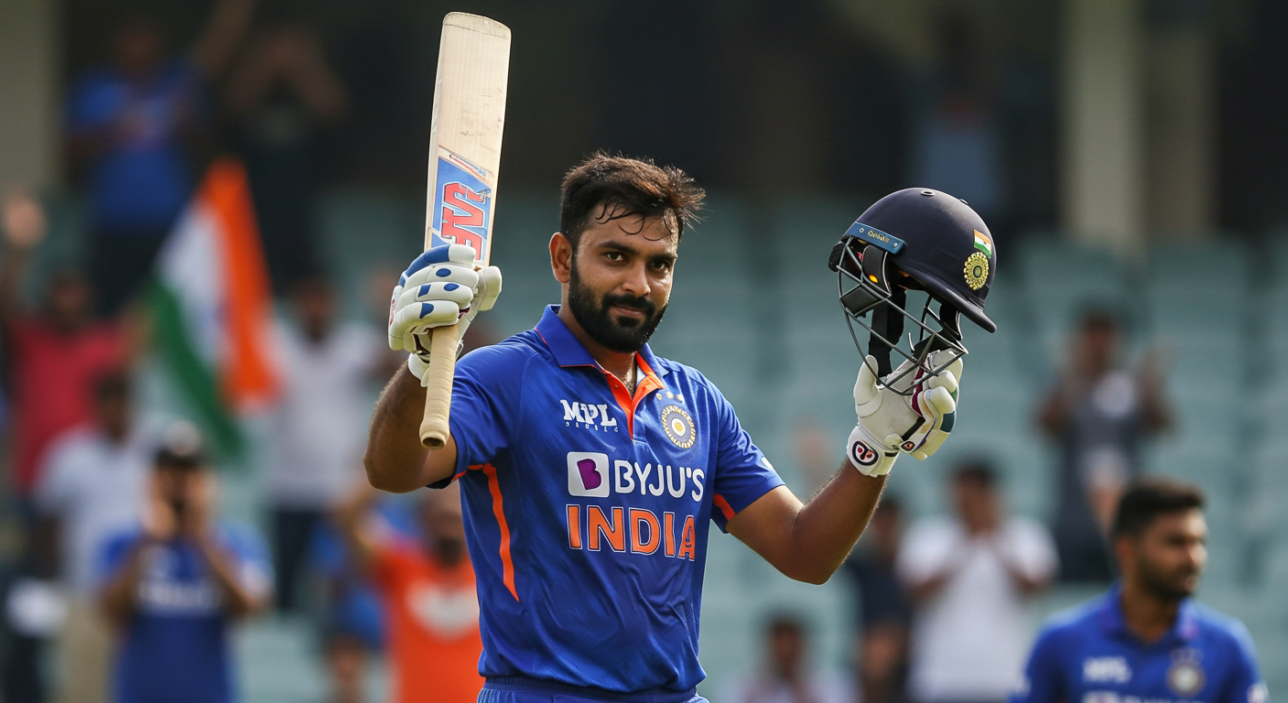
Few players in ODI history have combined timing, power, and patience quite like Rohit Sharma. With 32 centuries to his name as of 2025, Rohit has carved out a unique space among the game’s greats—not just for the volume of runs but for the scale of his innings. He holds the record for the highest individual score in ODIs: a scarcely believable 264 against Sri Lanka in 2014, and he remains the only player in history with three ODI double hundreds.
Rohit’s rise wasn’t instant. He spent the early part of his career as a talented but inconsistent middle-order player. It wasn’t until his promotion to the top of the order in 2013 that his ODI journey truly began. Since then, he has become India’s most devastating opener, capable of building mammoth innings by starting slow, assessing conditions, and then launching into a ferocious second phase.
What sets Rohit apart is his ability to convert starts. When he crosses 30, bowlers worry—because his centuries are rarely gentle. Many of his tons have come in high-stakes games: World Cup matches, Asia Cup finals, and big bilateral clashes. He also boasts hundreds in nearly every part of the world, from Manchester to Melbourne.
Rohit’s batting is a paradox. He makes destruction look effortless, yet his discipline and shot selection often go unnoticed. Even in his mid-30s, he continues to be a pillar of India’s ODI setup—not just as a batter, but as a captain who has won ICC trophies and bilateral series alike.
With the bat in hand, Rohit Sharma is a mood. When he’s on song, there’s a certain inevitability to the innings. The field spreads, the scoreboard races, and bowlers look lost. Thirty-two centuries later, and he’s still making it look easy.
4. Ricky Ponting (Australia) – 30 Centuries
Few captains in the history of ODI cricket have commanded the field like Ricky Ponting. A giant of Australian cricket, Ponting’s 30 centuries were amassed during a time when the team was at its most dominant—two-time defending World Cup champions, world No. 1 for over a decade, and ruthless in every sense of the word.
Ponting was the heartbeat of that Australian machine. Whether batting at No. 3 or 4, he provided the steel and firepower to steer chases or set unassailable targets. His strokeplay was crisp, particularly off the back foot, where his pulls and punches pierced gaps with laser precision. His footwork against spin—often stepping out and lofting into the stands—was textbook Australian aggression.
Perhaps his most iconic knock came in the 2003 World Cup final, where he obliterated India with an unbeaten 140 off 121 balls, including a blitz of sixes in the final ten overs. That innings didn’t just win Australia the trophy—it symbolised an era of unrelenting dominance.
What made Ponting’s centuries stand out was their intent. He didn’t just bat long—he batted to break oppositions. His centuries weren’t about milestones, but momentum. He was aggressive without being reckless, bold without being wasteful.
As a leader and a batter, Ponting’s contribution to ODI cricket is immense. Thirty centuries might seem fewer in today’s high-scoring era, but in the context of the time, they were worth their weight in gold. No list of great ODI century-makers is complete without him.
7. AB de Villiers (South Africa) – 25 Centuries
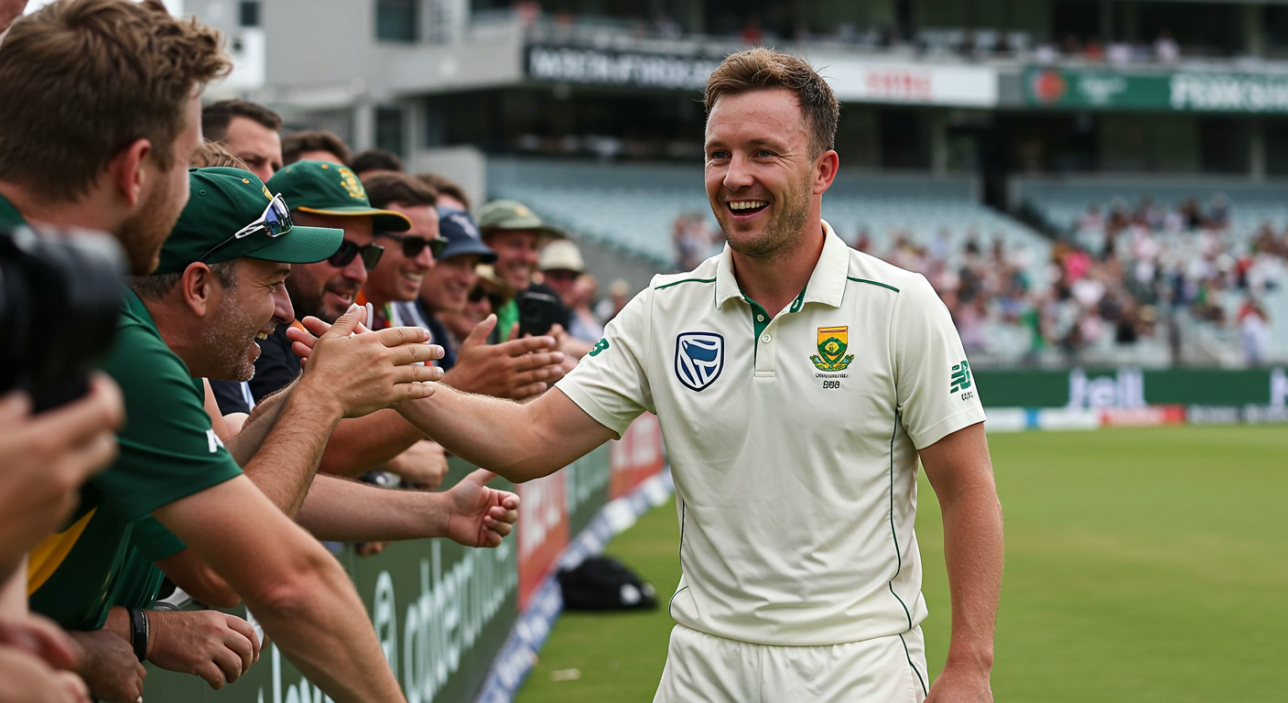
When it comes to redefining the limits of shot-making, AB de Villiers stands alone. Nicknamed “Mr. 360” for his unorthodox ability to hit all around the ground, de Villiers wasn’t just an entertainer—he was a nightmare for bowlers. His 25 ODI centuries weren’t built on volume alone—they were built on fearless innovation and extraordinary control under pressure.
At his peak, de Villiers was the most dangerous batter in the world. He could take a run-a-ball 50 and turn it into a 100 off 60 with barely a blink. His unmatched ability to switch gears, scoop fast bowlers, reverse-lap spinners, and hit sixes over third man made him a true original. And yet, when required, he could also play the textbook innings—digging deep in tricky chases and guiding South Africa home with classic straight drives and composed partnerships.
One of his most famous knocks came in 2015 when he scored the fastest ODI century ever—off just 31 balls against the West Indies. That innings wasn’t just record-breaking; it was genre-defining, showcasing what ODI batting could look like when freed from convention.
But what elevates de Villiers beyond flashiness is his situational intelligence. He read the game beautifully—whether to anchor, explode, or rotate—and often carried the burden of South Africa’s middle order singlehandedly during ICC campaigns.
Though he retired earlier than many expected, his 25 centuries came in just 228 matches—a strike rate of production that few have matched. And while his numbers dazzle, his legacy is bigger than stats. He changed expectations of what one-day batting could be. He made the impossible look effortless. And in doing so, he earned a place among the greats.
8. Chris Gayle (West Indies) – 25 Centuries
Where de Villiers danced, Chris Gayle bulldozed. The West Indian colossus brought raw power and casual destruction to ODI cricket, rewriting how openers approached the first ten overs. With 25 centuries to his name, Gayle wasn’t just a threat—he was a storm in waiting.
From the very first ball, Gayle could flatten an attack. He was never interested in rotating strike. He wanted boundaries—preferably sixes. And he got them. Across his ODI career, he smashed more than 330 sixes—an ODI record that may stand for years. His 215 against Zimbabwe in the 2015 World Cup was the first double hundred ever scored in a World Cup, and at the time, the highest ODI score by a West Indian.
But Gayle’s centuries weren’t just brute force. There was a method to the mayhem. He often started slowly, seeing off early swing, and then shifting into full assault mode. His innings would usually follow a familiar pattern: block, block, and then boom. Bowlers knew it was coming. They still couldn’t stop it.
Gayle’s ODI career spanned two decades, and while consistency wasn’t always his hallmark, his match-winning potential was unmatched. On his day, he could destroy world-class bowling lineups in under an hour.
Beyond the numbers, Gayle brought swagger. Shades on. Bat like a club. Celebration like a dancehall king. His presence transcended cricket—he was a global entertainer.
Twenty-five ODI centuries, countless unforgettable moments, and the power to end contests in a few overs—Chris Gayle didn’t just play ODIs. He took them hostage.
Conclusion: Chasing the Pinnacle – What the Most Centuries in ODI History Really Tell Us
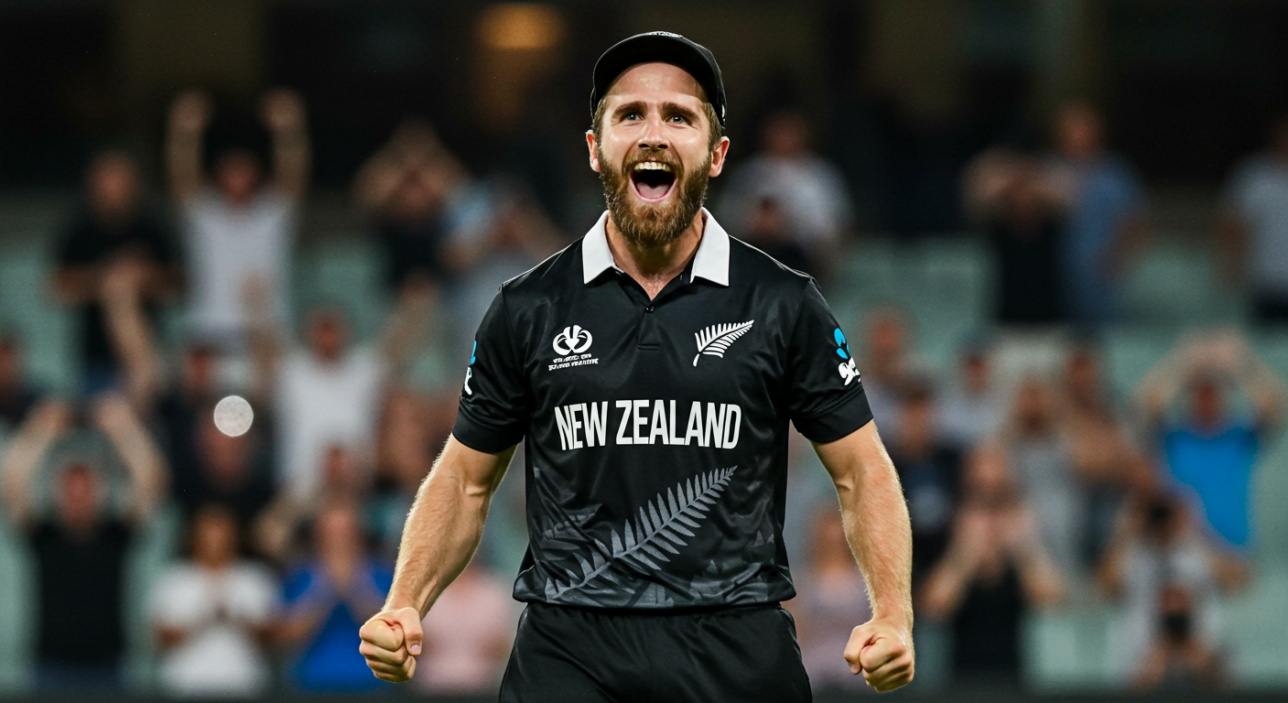
ODI cricket has evolved massively since its inception—once a novelty format squeezed between Tests, now a full-fledged arena for narratives, rivalries, and records. Among all the statistical benchmarks in the game, few capture the imagination like the century. It’s not just a milestone; it’s a declaration of dominance. It says the batter didn’t just survive the innings—they controlled it.
The players featured in this list of most ODI centuries aren’t just scorers. They’re storytellers. They built careers out of turning pressure into opportunity, innings into epics. Virat Kohli did it by mastering the chase. Tendulkar did it by carrying a nation’s expectations. Rohit Sharma redefined conversion rates and reimagined how big an innings could be. Ricky Ponting led with intent, Jayasuriya shocked the system, Amla did it in quiet efficiency, de Villiers danced through bowling attacks, and Gayle just blew the doors off.
Their centuries came in different eras, on different surfaces, against different kinds of opposition—but each knock added to the language of ODI cricket. These players not only responded to the demands of the format—they reshaped those demands. In doing so, they gave us moments that endure far beyond the scorecard: Kohli punching the air after a run-chase, Sachin’s uppercut at Centurion, Gayle nonchalantly strolling after hitting a 105-metre six.
Today, new batters emerge with promise. Some may break into this elite list. Others may surpass these numbers in the data-driven future of white-ball cricket. But whether or not records fall, the true measure of greatness will remain the same: who stayed consistent, who performed when it mattered, and who made people believe they were watching something historic.
Because centuries are more than tallies. They’re memories. And these eight players have given us more th
